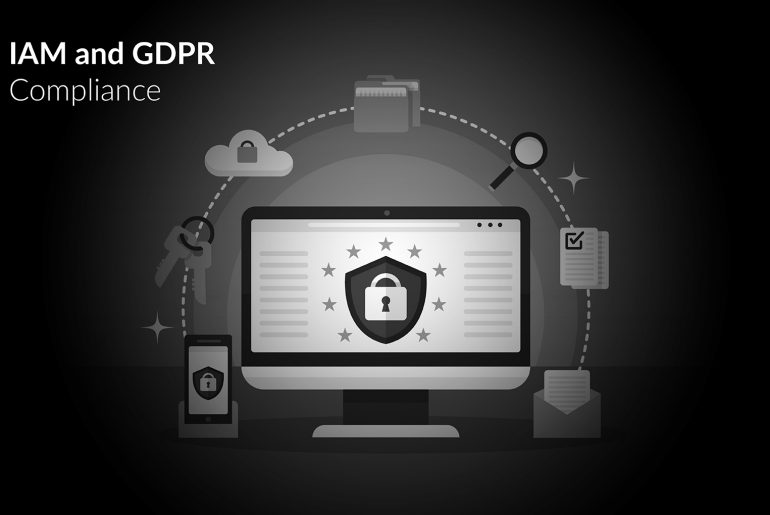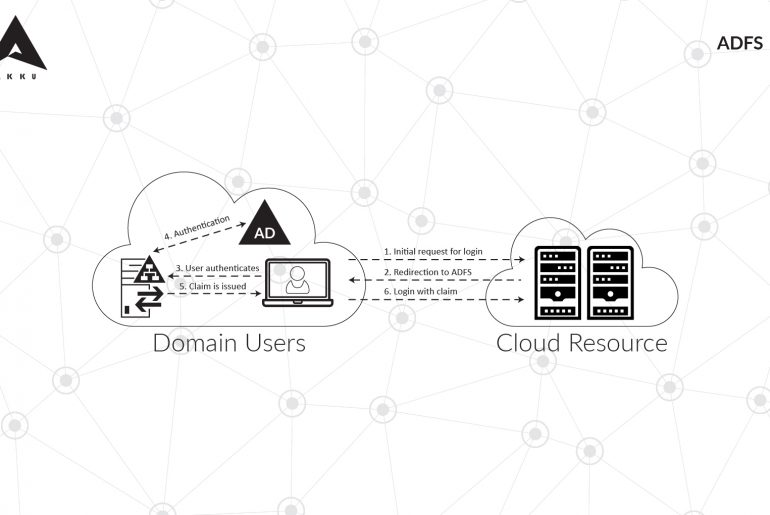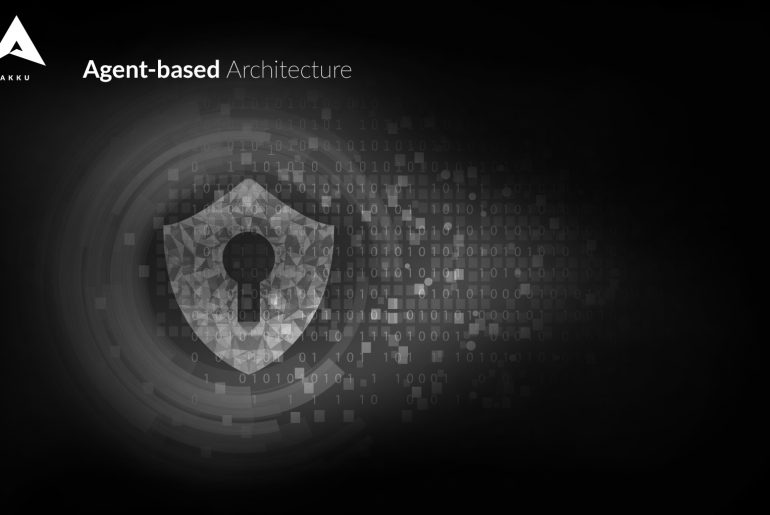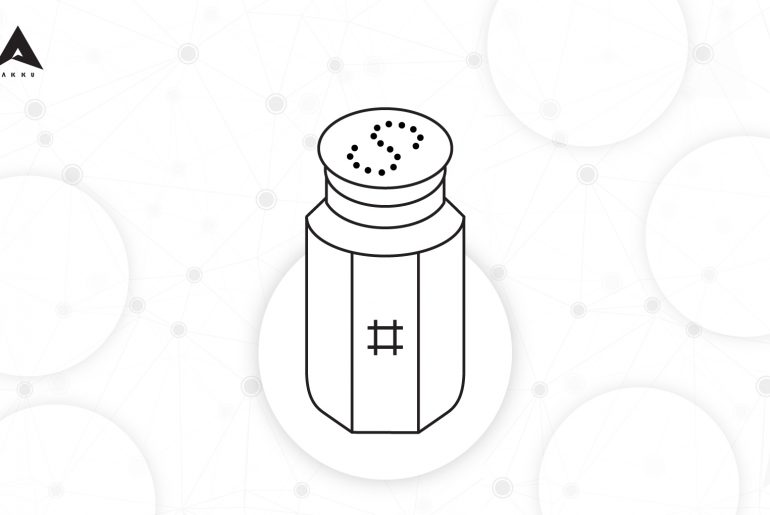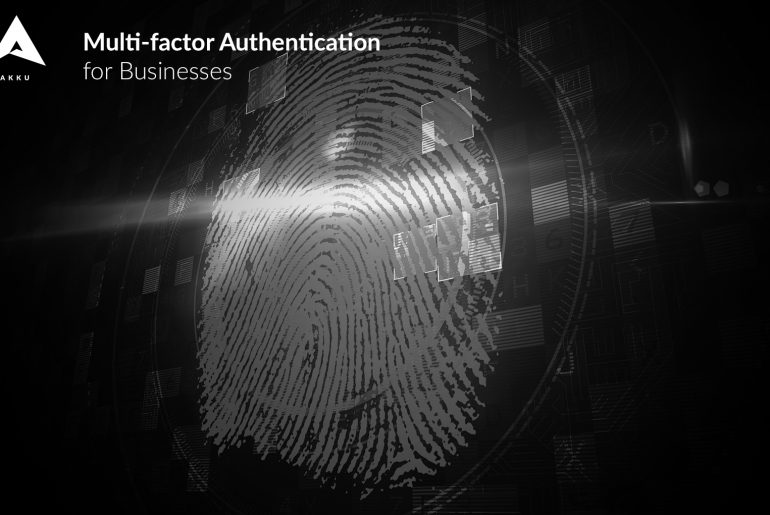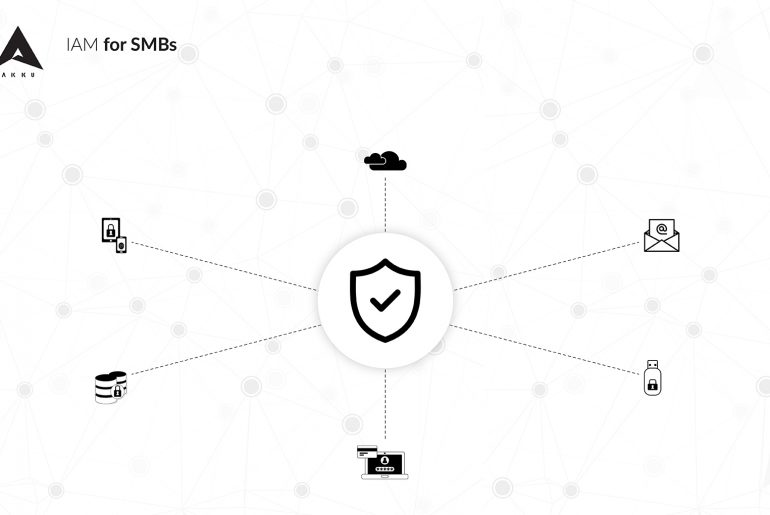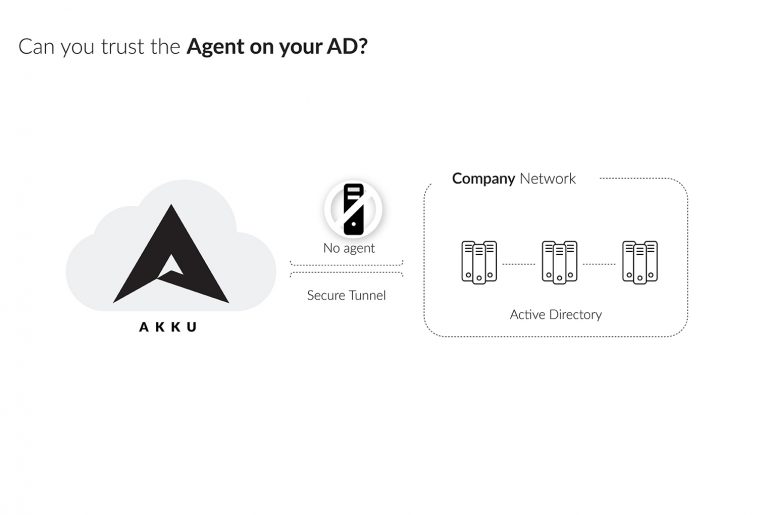In order to protect the digital privacy of European citizens, the European Union created the General Data Protection Regulation to ensure that organizations which collect any personal data from their users make the users aware of how and why their personal data is being used. Essentially, installing an Identity and Access Management solution across your organization for your employees as well as customers can help you stay compliant with this complex regulation.
The EU’s GDPR took effect more than a year ago, but that doesn’t make it any easier to comply with. So if your organization is still finding compliance a difficulty, we are here to help.

